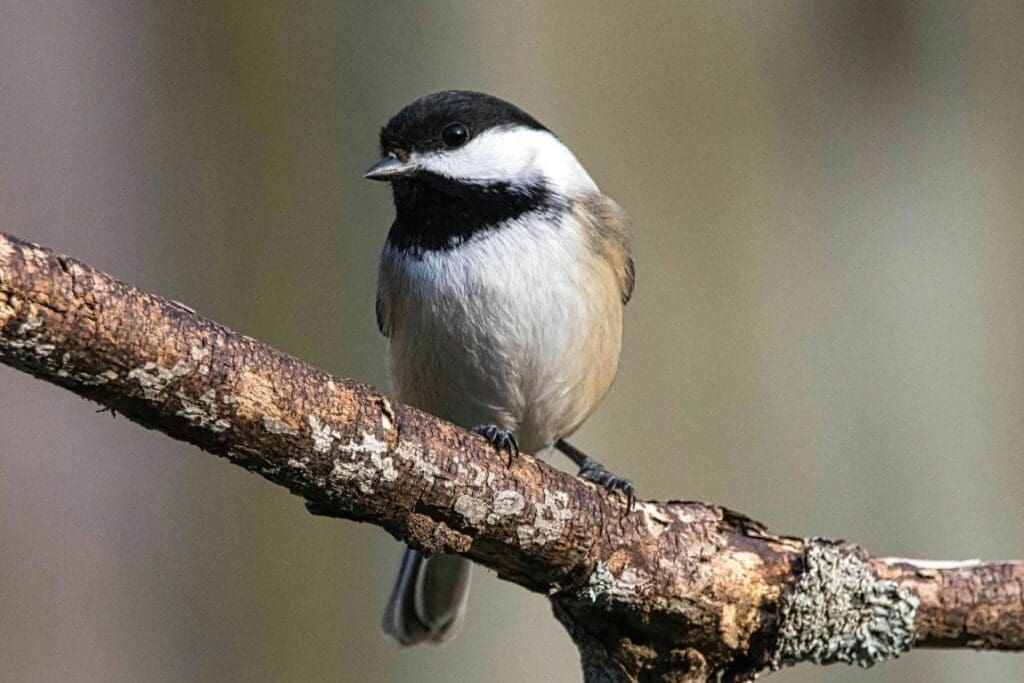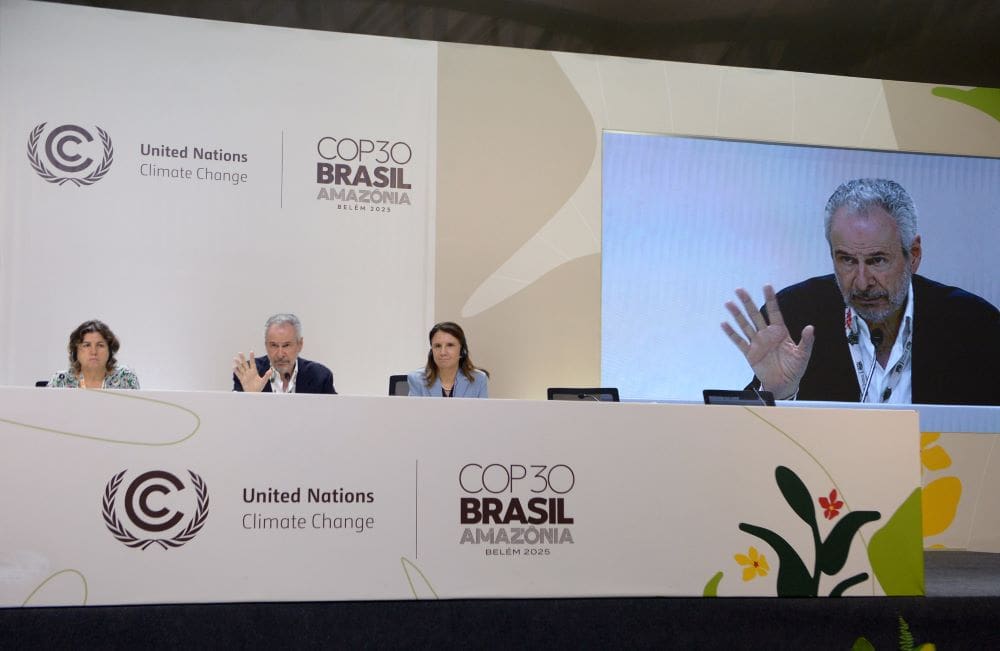By University of Massachusetts Amherst
A new global assessment of scientific literature led by researchers at the University of Massachusetts Amherst finds that nature-based solutions (NbS) are an economically effective method to mitigate risks from a range of disasters—from floods and hurricanes to heatwaves and landslides—which are only expected to intensify as Earth continues to warm.
NbS are interventions where an ecosystem is either preserved, sustainably managed or restored to provide benefits to society and to nature. For instance, they can mitigate risk from a natural disaster, or facilitate climate mitigation and adaptation. NbS have emerged in combination with or as an alternative to engineering-based solutions. A classic example is restoring wetlands to address coastal flooding rather than constructing a seawall.
“Nature-based solutions are now recognized by major national policies and international global framework agreements to combat climate change, including those drafted by the U.N. and the White House. However, there has been limited scientific knowledge about the cost-effectiveness and equity outcomes of NbS,” says Marta Vicarelli, assistant professor of economics and public policy at UMass Amherst and the study’s lead author. “Our results indicate that not only are NbS economically effective in mitigating hazards, but that their benefits are still underestimated.”
NbS were proven to be a consistently cost-effective approach to mitigating hazards in 71% of the more than 20,000 English-language peer-reviewed studies that researchers examined for the article, which is published in Science of the Total Environment. Another 24% of the studies found NbS to be cost effective under certain conditions. The ecosystem-based interventions most frequently found effective in mitigating hazards are associated with mangroves (80%), forests (77%) and coastal ecosystems (73%).
Of the studies that compared NbS with engineering-based solutions, 65% found the former always to be more effective at mitigating hazards and 24% partially more effective. No study found NbS consistently less effective than engineering solutions.
While every study reviewed for the article examined the hazard-mitigation benefits of NbS, many did not consider added environmental and socioeconomic benefits, such as maintaining biodiversity, climate mitigation and supporting underserved communities.
“The other benefits of NbS are vastly underestimated because they are difficult to quantify,” Vicarelli explains. “How should we value improvements in air quality or in soil quality? How should we value the protection of an endangered species or the overall increase in biodiversity after the implementation of an NbS? And how about estimating the cultural or even spiritual value of an environmental asset? These assessments require complex and potentially expensive valuation techniques. For this reason, the additional benefits of NbS are often understudied and underestimated.”
Another key finding of the research is that NbS have been financed mainly by the public sector, even when the interventions involve private property. For these solutions to have a truly global impact, additional funding is required, and a significant share must come from the private sector, Vicarelli says.
“A transformative upscaling of Nature-based Solutions requires both public and private financing,” she adds. “The next step is developing innovative nature-based insurance and investment solutions.”
***
The research was supported by funding from UMass Amherst and the European Union’s Horizon Europe – the Framework Programme for Research and Innovation.
More information: Marta Vicarelli, Karen Sudmeier-Rieux, Ali Alsadadi, Aryen Shrestha, Simon Schütze, Michael M. Kang, Madeline Leue, David Wasielewski, Jaroslav Mysiak, ‘On the cost-effectiveness of Nature-based Solutions for reducing disaster risk’, Science of The Total Environment (vol. 947; 2024); DOI: 10.1016/j.scitotenv.2024.174524 | UM Amherst Press Release/Material. Featured image credit: Joey Kyber | Unsplash




